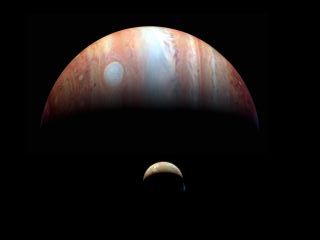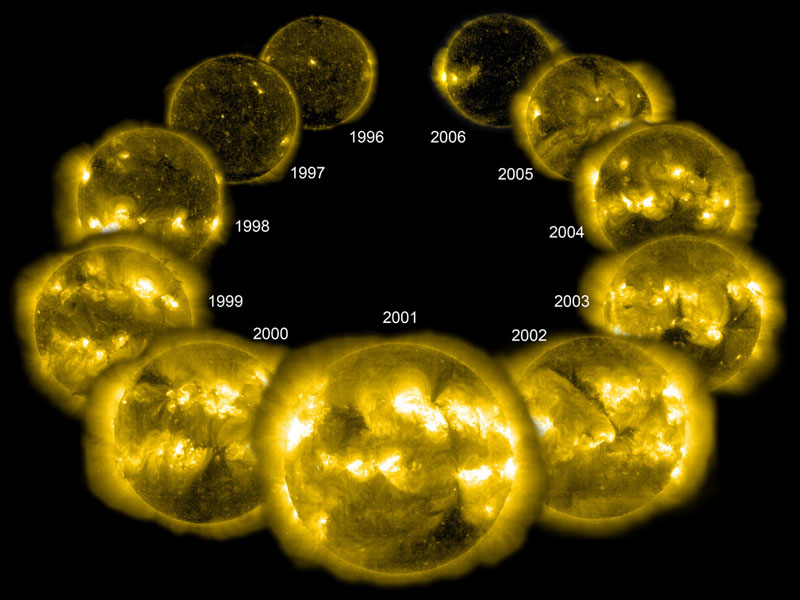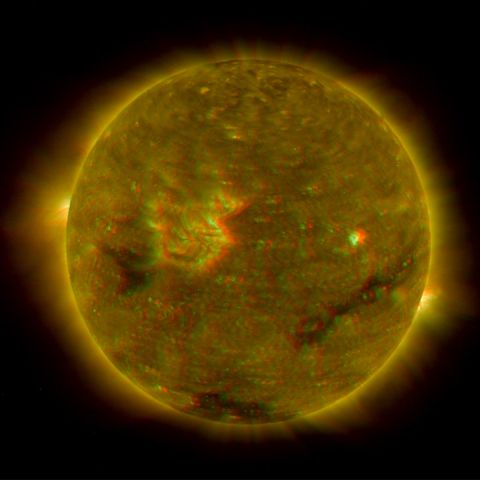 About two years ago, I posted an article about the launch of the New Horizons interplanetary probe bound for Pluto. As part of the complex trajectory of the spacecraft, it passes close to planets that give it a gravitational ‘boost.’ When it passed by Jupiter last February, it captured images of the giant planet and its moons. This montage of the Jovian planet and its moon Io is reminiscent of scenes in the 1968 sci-fi classic ‘2001: A Space Odyssey.’
About two years ago, I posted an article about the launch of the New Horizons interplanetary probe bound for Pluto. As part of the complex trajectory of the spacecraft, it passes close to planets that give it a gravitational ‘boost.’ When it passed by Jupiter last February, it captured images of the giant planet and its moons. This montage of the Jovian planet and its moon Io is reminiscent of scenes in the 1968 sci-fi classic ‘2001: A Space Odyssey.’
Please go to Astronomy Picture of the Day to see this incredible image close up.
Here’s the APOD story about this image:
As the New Horizons spacecraft sweeps through the Solar System, it is taking breathtaking images of the planets. In February of last year, New Horizons passed Jupiter and the ever-active Jovian moon Io. In this montage, Jupiter was captured in three bands of infrared light making the Great Red Spot look white. Complex hurricane-like ovals, swirls, and planet-ringing bands are visible in Jupiter’s complex atmosphere. Io is digitally superposed in natural color. Fortuitously, a plume was emanating from Io’s volcano Tvashtar. Frost and sulfuric lava cover the volcanic moon, while red-glowing lava is visible beneath the blue sunlight-scattering plume. The robotic New Horizons spacecraft is on track to arrive at Pluto in 2015.


 NASA’s SOHO website has a weekly feature that highlights selected solar events. This week’s
NASA’s SOHO website has a weekly feature that highlights selected solar events. This week’s 
 Yesterday’s launch of the asteroid-bound
Yesterday’s launch of the asteroid-bound 